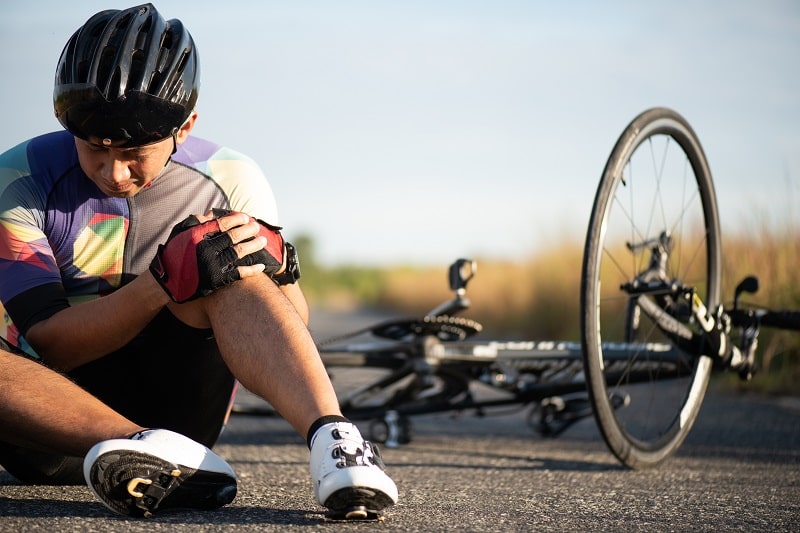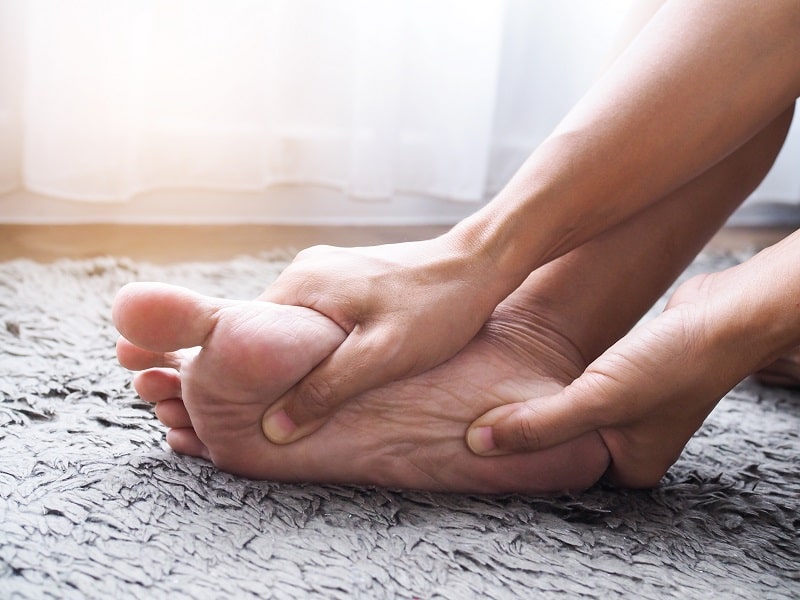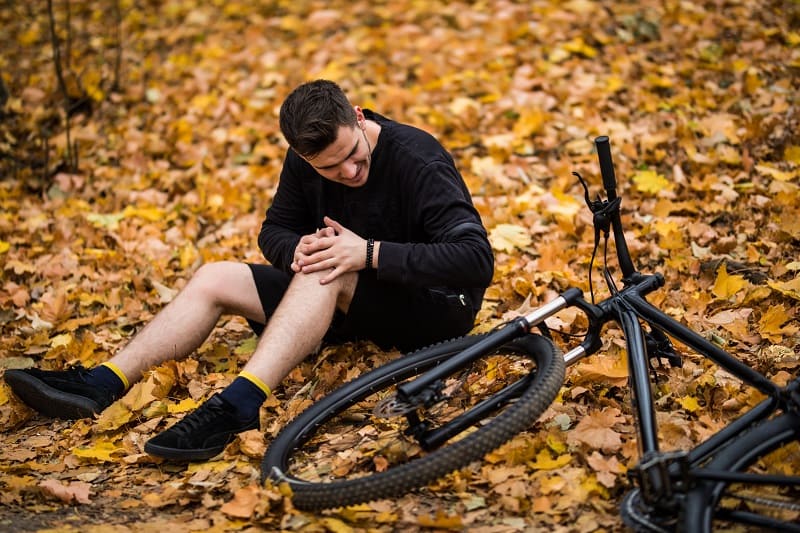Pain is an extra part of sports, whether you are a professional athlete or just a sports lover. However, you can stop it and avoid injuries and problems. Besides, it depends on the type of sport you join, and some pains can happen more often than others.
Especially, hamstring pain is an injury that appears quite frequently while cycling. In this article below, we will discuss about how to stop hamstring pain when cycling and some pieces of important information about hamstring.
Contents
Related:
==> Guide to make sure your bike is safe to ride with the M check
==> Tips For Riding With Inexperienced Cyclists You May Need
What are your hamstrings?
The hamstring is a part of your body that includes three muscles that form your posterior thigh muscles (semimembranosus, semitendinosus, and biceps femoris muscles).
The muscles play an essential role in spanning the thigh, crossing both the hip and the knee.
Concerning anatomy, these muscles attach to the ischium in the buttocks. Besides, they connect onto the top of the lower leg bones.
Hamstrings help you bend your knee and straighten your hip.
How do your hamstrings work when cycling?
While cycling, you have to pull your leg up from the bottom of the pedal stroke, which means the hamstring muscles are at mid-range length – their most vital position.
The stroke is exceptionally efficient when most power comes in the downstroke when riders push the pedal.
Because these muscles mostly work in pedaling action, cyclists can improve them over time.
What are the causes and types of hamstring injuries?

There are three main reasons why hamstring strains happen: rapid acceleration, deceleration, and intense physical effort. For this reason, the kind of pain is quite common in traveling by bicycle.
In detail, heavily injured hamstrings usually involve a muscle tear or tendon damage. This is commonly called a “pulled hamstring.”
Besides, sometimes, a mild muscular strain can affect the hamstrings’ myotendinous junction (the muscles fuse with the tendons), making a hamstring problem when cycling for a long time.
How to stop hamstring pain when cycling?
Although hamstring injuries can happen, cyclists can stop this and improve their pedaling efficiency by hamstring strengthening exercises two or three times per week.
Moreover, it is recommended that you hold each stretch for at least 30 seconds while taking deep breaths while doing exercises.
Below are some of the best stretches you can do to develop these tight muscles.
#1 Mobility Issue 1: Tight Upper Hamstrings
If your upper hamstrings are tight, targeted stretching of the upper area of the hamstring will work.
Exercise recommended: Firstly, you lie on your back, put a yoga strap across the arch or ball of your right foot.
With your leg extended in front of your right hip, begin pulling the leg using both sides of the strap directly towards your right shoulder.
Then, bend your knee slightly as you are cycling. Hold this stretch for one minute or more and repeat on the other side.
#2 Mobility Issue 2: Overactive Lower Hamstring
Having an overactive lower hamstring means you have a sharp sensation at the top of your hamstring (on your sit bone) after cycling workouts. This problem also might occur after driving or being seated in an office chair. Besides, some extreme cases are resulting from inflammation made by the pull of hamstrings in this area.
Exercise recommended: As the first step in mobility issue 1, you lie, not for relaxing yet stretching your muscles. Remember to place a yoga strap across the arch or ball of your right foot.
Secondly, you straighten your leg directly in front of your right hip. Keep your leg completely straight, and begin to gently pull the leg in using both sides of the strap toward your right shoulder. Avoid bending your leg. Keep gently pulling the leg in until feeling a good pull behind the knee. Remain more than 30 seconds and change to the other leg.
#3 Mobility Issue 3: Inner and Outer hamstrings

Another hamstring pain can happen on the inner and outer thigh.
If you cycle in the right position and you’re still craving your knees and in or bowing them out, your inner and outer hamstrings may have a problem, causing a lot of stress on both the knee and the back. Riding with this unusual position of knee inevitably strains the knee and low back.
Exercise recommended: There are two personal trainers in this part. You can do them simultaneously or in turn.
Inner hamstring: Lying as above. Your right-hand holds the strap and your leg moves out to the side towards the floor until you feel a stretch through your inner thigh. Your hips need to be on the floor, and your leg is straight.
Outer hamstring: Set up as above. In this workout, your left-hand holds the straps and the hips are on the ground. Moving the stretch across your body, towards your left shoulder. While doing this, you will feel a stretch on the outside of your thigh. Moreover, you might have to bend the knee to stretch into the hamstring when you feel the stretch through the ankle and calf.
Frequent Asked Questions
Is cycling good for sore hamstrings?
Even low cycling can adversely affect hamstring pains and aggravate the injury. Ideally, it is suggested that you rest the strained muscles to try to resolve the problem.
Should I stretch a pulled hamstring?
Your injury can worsen when you both return to intensive exercises too quickly and avoid exercise for a too long time. To efficiently develop your hamstrings, you should start doing hamstring stretches gently after a few days when the pain has started to subside.
What is the best exercise for hamstrings?
It depends on your purpose. However, putting your feet up, lifting your hips, and driving on are the three best exercises to develop the muscles.
What happens if your hamstrings are tight?
Tight hamstrings can make the hips and pelvis rotate back, flattening the lower back and causing back pain, knee pain, or foot pain. They also can result in postural problems and other back problems.

